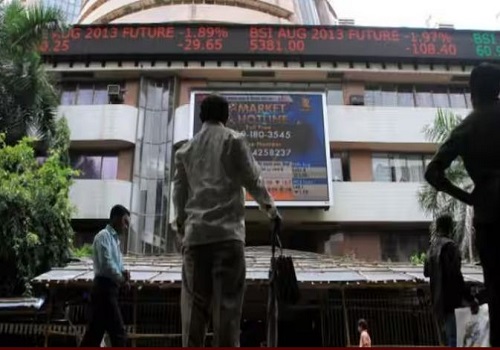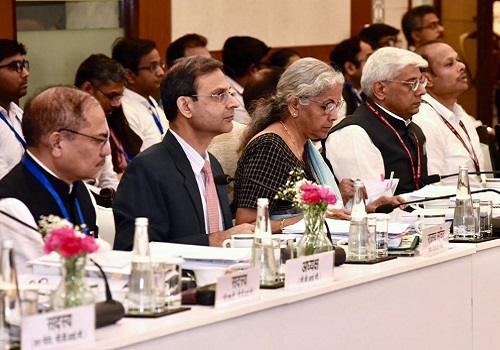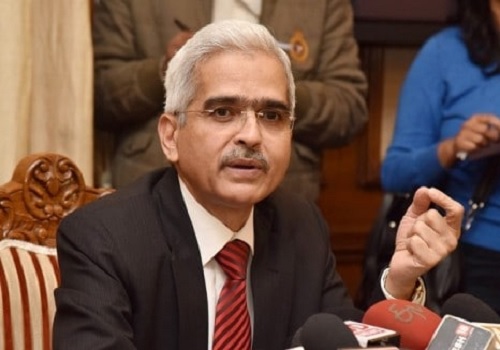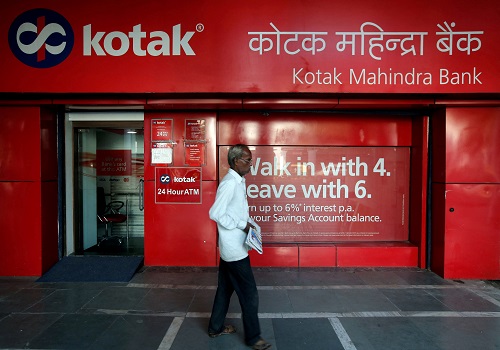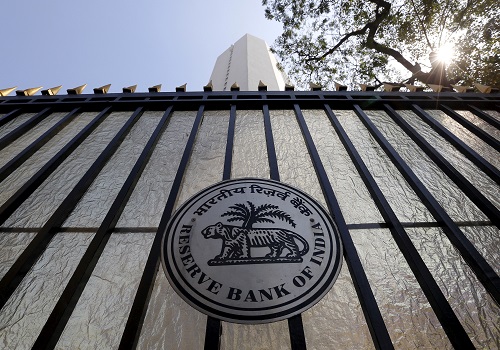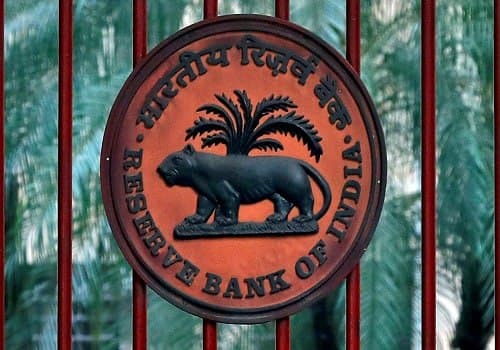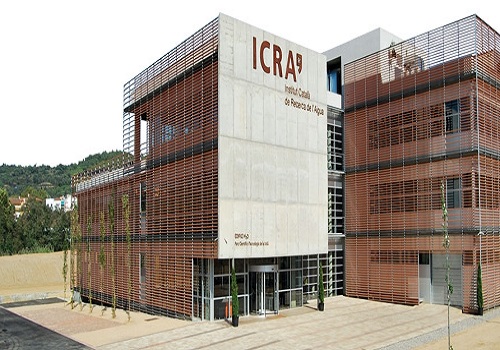India's PSBs expected to source capital to be competitive

Follow us Now on Telegram ! Get daily 10 - 12 important updates on Business, Finance and Investment. Join our Telegram Channel
India's state banks are expected to source their own fresh capital to compete with the country's much better-capitalised private banks, Fitch Ratings said on Friday.
Accordingly, the ratings agency said that the state is inclined to place the burden of raising growth capital on its banks, as indicated by a lack of capital allocation for state banks in the government's latest budget.
"This lack of capital allocation arguably indicates the government's belief that bank financials will remain healthy in the near term, enabling banks to support capital adequacy by sourcing fresh capital on their own," Fitch said.
"We do not regard this as signifying diminished prospects of extraordinary support from the government."
Notably, the Centre has injected close to $47 billion of fresh capital into its banks since the financial year ended 2015 (FY15), although most of this was used to address the large losses during this period, leaving core capital buffers at moderate-to-low levels and vulnerable to losses beyond the banks' expectations.
As per Fitch, improving internal accruals are gradually adding to the capital base, but the average common equity Tier 1 (CET1) ratio at state banks stood at 10.8 per cent at end-1HFY22, against 16.5 per cent at private banks, which have been reporting above-average loan growth in recent quarters.
"This may make it difficult for state banks to remain competitive, unless their capital raising efforts are supplemented by state capital injections."
The state banks have raised around $3 billion cumulatively since 2020, or about 0.4 per cent of their risk-weighted assets.
"We believe that Indian banks are less likely to need fresh core capital to meet minimum regulatory capital requirements up to FYE25, as regulatory forbearance has enabled banks to spread related credit costs over a longer period, resulting in a more manageable impact on profitability and capital," Fitch said.
"There is a risk that state banks may use their modest capital accretion to support the government's growth agenda, rather than keep it as insulation against losses when unrecognised bad loans start unwinding in FY23."





.jpg)







